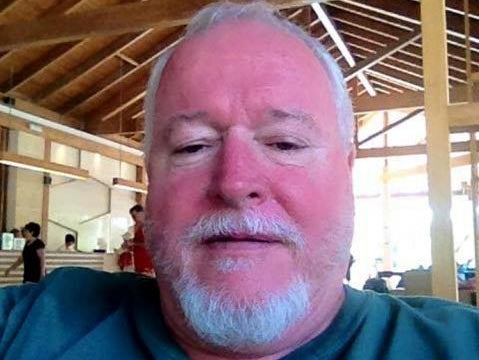Bruce McArthur: Canada serial killer admits murdering eight men with ties to Toronto’s gay village
Most of the victims linked to Toronto's Gay Village neighbourhood

Your support helps us to tell the story
From reproductive rights to climate change to Big Tech, The Independent is on the ground when the story is developing. Whether it's investigating the financials of Elon Musk's pro-Trump PAC or producing our latest documentary, 'The A Word', which shines a light on the American women fighting for reproductive rights, we know how important it is to parse out the facts from the messaging.
At such a critical moment in US history, we need reporters on the ground. Your donation allows us to keep sending journalists to speak to both sides of the story.
The Independent is trusted by Americans across the entire political spectrum. And unlike many other quality news outlets, we choose not to lock Americans out of our reporting and analysis with paywalls. We believe quality journalism should be available to everyone, paid for by those who can afford it.
Your support makes all the difference.A Canadian landscaper accused of killing eight men who disappeared between 2010-17 has pleaded guilty to their murders.
Bruce McArthur, 67, admitted eight counts of first-degree murder while appearing in a downtown Toronto courtroom on Tuesday.
McArthur was arrested in January 2018 after years of speculation that the missing persons cases were connected to Toronto’s Gay Village neighbourhood. He was initially charged with the deaths of two men before the police subsequently charged him with six other murder counts.
McArthur is responsible for the deaths of Dean Lisowick, Soroush Mahmudi, Skandaraj Navaratnam, Selim Esen, Andrew Kinsman, Majeed Kayhan, Abdulbasir Faizi and Kirushna Kanagaratnam. The majority of his victims were immigrants from South Asia or the Middle East.
The first man to have gone missing was Mr Navaratnam. The 40-year-old man was in a relationship with McArthur for a few years before he disappeared in September 2010. The last victim to have gone missing was Mr Kinsman. He was declared missing one day after Toronto’s Pride weekend in June 2017.
It was Mr Kinsman’s disappearance that proved to be a turning point in the missing persons investigation. Detective Sergeant Hank Idsinga told CBC that, if Mr Kinsman had not been reported missing within 72 hours, investigators would have missed a crucial piece of evidence that led them to arresting McArthur.
That evidence was a video showing the 49-year-old entering McArthur’s van. Mr Kinsman’s DNA was found inside the vehicle in November 2017.
Lawyer Michael Canton, representing the Crown, disclosed details of the murders, informing the court that each murder was sex related, and included much planning and deliberation.
Mr Canton also said McArthur kept souvenirs, including jewelry, from his victims.
Seven of the victims’ remains were reportedly found in plant pots on a residential property in the Leaside neighbourhood where McArthur worked. One man’s remains were found in a ravine close by.
The Toronto Police’s handling of the case prompted backlash from Toronto’s LGBTQ community, many of whom believe the authorities did not take their concerns about the missing persons seriously.
In Canada, each count of a first-degree murder charge brings an automatic life prison sentence. McArthur won’t be able to apply for release until he is 91-years-old.
Join our commenting forum
Join thought-provoking conversations, follow other Independent readers and see their replies
Comments